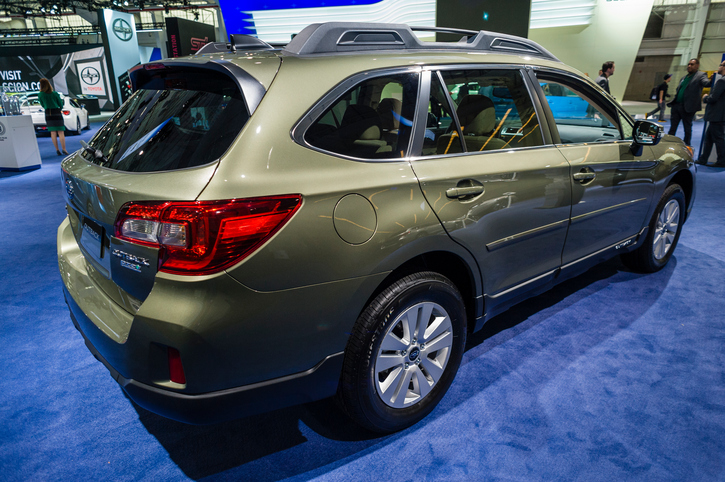
Have you ever been confused by the classification of car body types? You’re not alone. Distinguishing where vehicles fall on the spectrum can be challenging. Nonetheless, knowing how to identify a vehicle’s body type will help your future career as an auto mechanic. From sedans to hatchbacks and beyond, knowing about different car body types is important.
Curious to learn what the main car body types are? Read on to discover four types of vehicles mechanics-in-training need to know.
1. Sedan: A Common Car Type You May See Often After Mechanic Training
Sedans are common vehicles that you are likely to encounter often after your mechanic training. Sedans are usually able to seat five passengers. In addition, they have larger dimensions which makes them more spacious and comfortable for the driver and passengers. Sedans also tend to have a lot of trunk space for storage.
Examples of well-known and popular sedans are the Mazda 3, Hyundai Elantra, Ford Focus, and Honda Civic (Canada’s best-selling car for close to 20 years). However, the popularity of sedans has been steadily declining over the past several years. In January 2016, sedan sales reached an all-time low, making up only 30 per cent of market share.
2. Hatchback: A Popular Vehicle Option You May See After Mechanic Training
Hatchbacks are another popular passenger vehicle option. Hatchbacks can typically fit about four passengers, but the amount will depend on the exact model. They are widely recognized by their dramatic back end. The back of a hatchback’s roof has a sudden drop-off and the back end looks relatively flat. In addition, they will usually have less trunk space than a typical sedan.
Some common hatchbacks that professionals with careers in the auto industry may encounter are the Chevrolet Spark, Kia Forte, and Volkswagen Golf. Compared to our American counterparts, Canadians purchased 4 per cent more hatchbacks in 2013. For Toyota, as much as 25 per cent of their 2013 sales were hatchback models.
3. Wagon: A Car Body You May Work On After Mechanic Training
Cars with a wagon model can sometimes be hard to spot. Looking similar to both a sedan and a hatchback, wagons have plenty of cargo room and sometimes even a third row of seats. You can tell a vehicle is a wagon if the line of the roof keeps going past the back doors. Wagons typically appear to have a long, drawn-out shape.
Manufacturers will sometimes refer to wagons by alternative names like sportback or avant. This is because some buyers may not be privy to the official classification, which doesn’t exactly exude trendiness. Some wagons you may encounter on the roads or in the shop are the Ford Flex, Honda Crosstour, and the Subaru Outback.
4. Crossover: A Fusion Vehicle You May See After Mechanic Training
Crossovers or crossover utility vehicles (CUVs) are growing in popularity around North America. Combining the best of both worlds, CUVs have the platform of a traditional car, but with an SUV spin. Drivers of CUVs can take advantage of having a vehicle that has more space and power than a car, but has better fuel economy than a truck or SUV.
CUVs are perfect for city dwellers who like to stay active on the weekend, Canadian hockey families who need to throw their gear in the back, or any driver who wants a little more space. According to Auto Focus some of the most popular CUVs of 2016 were the Toyota RAV4, Honda CR-V, Nissan Rogue, and Mazda CX-5.
Contact Automotive Training Centres today to learn more!


